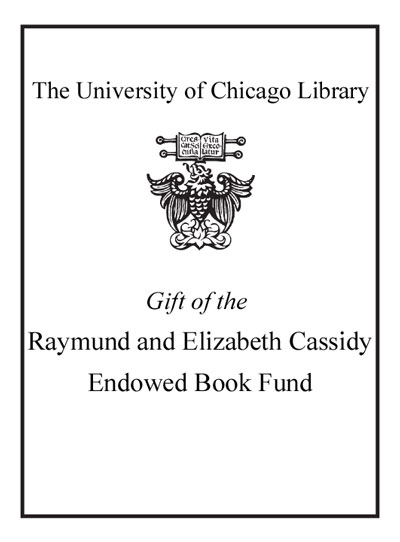Mapping the Ottomans : sovereignty, territory, and identity in the early modern Mediterranean /
Saved in:
| Author / Creator: | Brummett, Palmira Johnson, 1950- author. |
|---|---|
| Imprint: | New York, NY, USA : Cambridge University Press, 2015. |
| Description: | xvii, 365 pages ; 26 cm |
| Language: | English |
| Subject: | |
| Format: | Print Book |
| URL for this record: | http://pi.lib.uchicago.edu/1001/cat/bib/10241620 |
| ISBN: | 9781107090774 1107090776 |
|---|---|
| Notes: | Includes bibliographical references and index. |
| Summary: | "Simple paradigms of Muslim-Christian confrontation and the rise of Europe in the seventeenth century do not suffice to explain the ways in which European mapping envisioned the "Turks" in image and narrative. Rather, maps, travel accounts, compendia of knowledge, and other texts created a picture of the Ottoman Empire through a complex layering of history, ethnography, and eyewitness testimony, which juxtaposed current events to classical and biblical history; counted space in terms of peoples, routes, and fortresses; and used the land and seascapes of the map to assert ownership, declare victory, and embody imperial power's reach. Enriched throughout by examples of Ottoman self-mapping, this book examines how Ottomans and their empire were mapped in the narrative and visual imagination of early modern Europe's Christian kingdoms. The maps serve as centerpieces for discussions of early modern space, time, borders, stages of travel, information flows, invocations of authority, and cross-cultural relations"-- "This book examines how the Ottomans and their empire were mapped in the narrative and visual imagination of the Christian kingdoms of early modern Europe. Simple paradigms of Muslim-Christian confrontation and the 'rise' of Europe in the seventeenth century do not suffice to explain the ways in which European mapping envisioned the "Turks" in image and narrative. Rather, maps, travel accounts, compendia of knowledge, and other texts created a picture of the Ottoman empire through a complex layering of history, ethnography, and eyewitness testimony which juxtaposed current events to classical and Biblical history; counted space in terms of peoples, routes, and fortresses; and used the land and seascapes of the map to assert ownership, declare victory, and embody the reach of imperial power. Maps here serve as centerpieces for a discussion of early modern space, time, borders, stages of travel, information flows, invocations of authority, and cross-cultural relations. The book is enriched throughout by examples of Ottoman self-mapping"-- |

Similar Items
-
Mapping the Ottomans : sovereignty, territory, and identity in the early modern Mediterranean /
by: Brummett, Palmira Johnson, 1950-
Published: (2015) -
Piri Reis & Turkish mapmaking after Columbus : the Khalili portolan atlas /
by: Soucek, Svatopluk
Published: (1996) -
Contacts and controversies between Muslims, Jews and Christians in the Ottoman empire and pre-modern Iran /
Published: (2010) -
Etudes imagologiques et relations interconfessionnelles en zone byzantino-ottomane /
by: Gardette, Philippe, 1971-
Published: (2007) -
Before the nation : Muslim-Christian coexistence and its destruction in late Ottoman Anatolia /
by: Doumanis, Nicholas, 1964-
Published: (2013)
